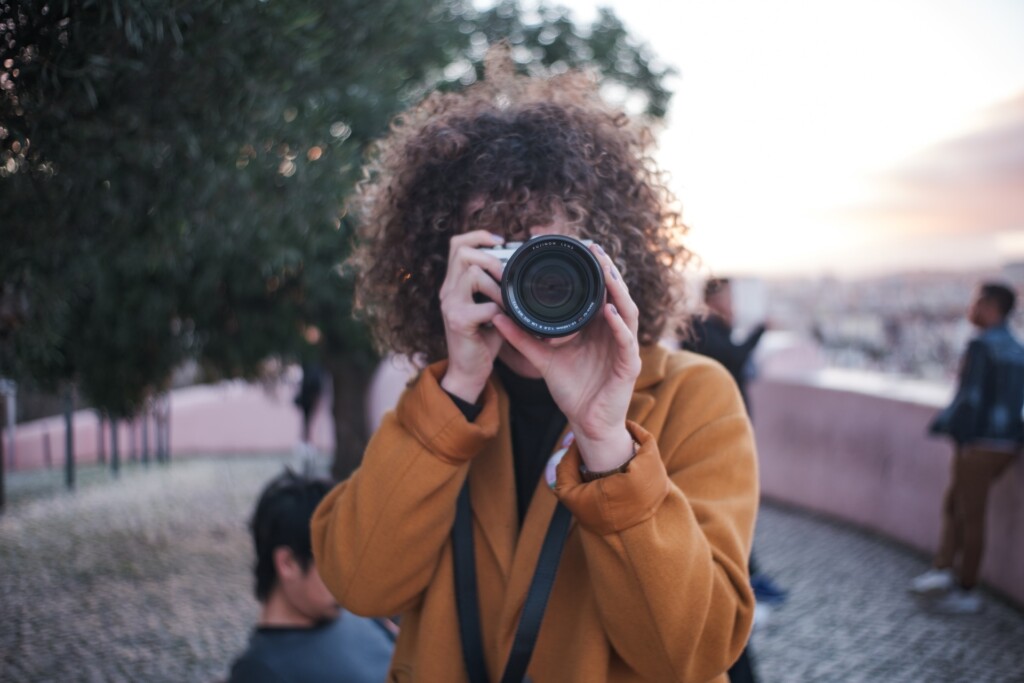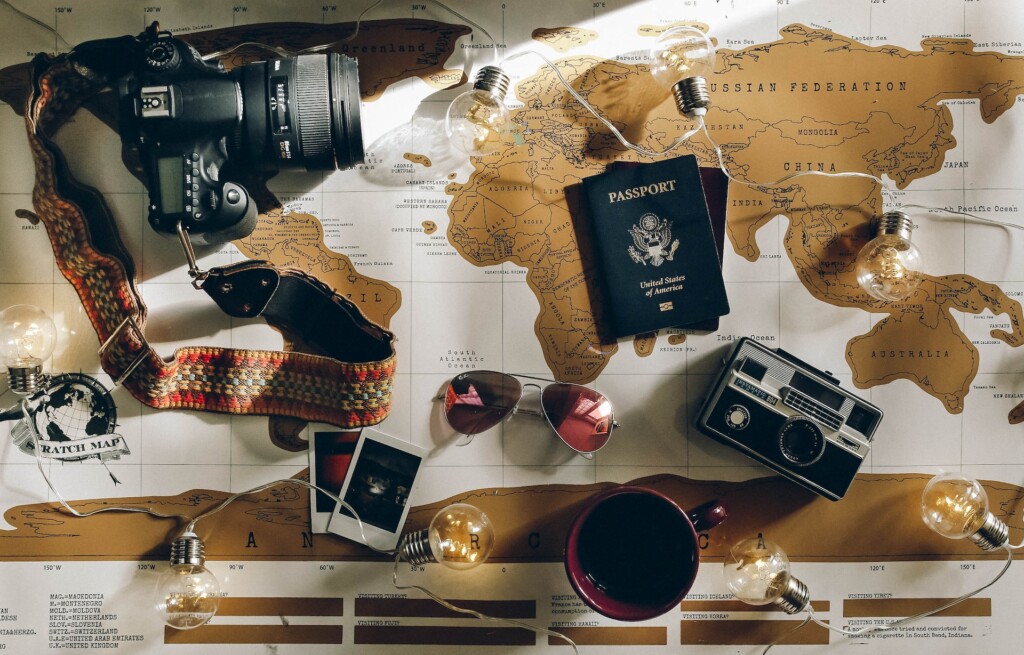Mirrorless cameras have revolutionised the world of photography with their compact size, advanced features, and exceptional image quality. Unlike traditional SLR cameras, mirrorless cameras do not have a mirror mechanism, making them significantly lighter and more portable. This makes them the perfect choice for travel enthusiasts who want to capture breathtaking moments without the burden of carrying heavy equipment. In this ultimate guide, we will explore the advantages of mirrorless cameras for lightweight travel, factors to consider when choosing the best mirrorless camera, and essential tips for using a mirrorless camera while on the go.
Advantages of mirrorless cameras for travel
Superior Image Quality: Despite their compact size, mirrorless cameras deliver exceptional image quality. With advanced sensor technology and powerful image processors, these cameras produce sharp, detailed, and vibrant images that rival those produced by SLRs. Whether you are capturing landscapes, portraits, or action shots, a mirrorless camera will ensure that every detail is preserved, allowing you to relive your travel experiences with stunning clarity.
Compact: One of the biggest advantages of mirrorless cameras is their portability. By eliminating the bulky mirror mechanism found in SLRs, mirrorless cameras, such as the OM System OM-5, are significantly lighter and more compact. This means you can easily slip them into your backpack or handbag without adding unnecessary weight. Whether you are hiking through rugged terrain or exploring bustling city streets, a mirrorless camera will be your trusted companion, allowing you to capture incredible moments without being weighed down.
Versatility and Interchangeable Lenses: Mirrorless cameras offer a wide range of interchangeable lenses, allowing you to adapt to different shooting situations. From wide-angle lenses for capturing sweeping landscapes to telephoto lenses for distant subjects, the versatility of mirrorless cameras ensures that you can always get the perfect shot. Additionally, many mirrorless camera systems are compatible with lenses from other manufacturers, giving you access to a vast selection of high-quality lenses.

Factors to consider when choosing a mirrorless camera for travel
Image Sensor Size: The size of the image sensor plays a crucial role in determining the image quality of a camera. While most mirrorless cameras have APS-C sensors, some models offer full-frame sensors, which deliver even better image quality, especially in low-light conditions. If image quality is a top priority for you, consider investing in a mirrorless camera with a full-frame sensor. However, keep in mind that full-frame cameras tend to be more expensive and bulkier than their APS-C counterparts.
Size and Weight: When choosing a mirrorless camera for travel, it’s essential to consider its size and weight. Opt for a camera that strikes the right balance between portability and functionality. While a compact mirrorless camera may be easier to carry, it might not offer the same level of control and features as a larger model. Consider your travel style and photography needs to determine the ideal size and weight for your mirrorless camera.
Battery Life: Travel often involves long days filled with adventures and sightseeing, which means you need a camera with a reliable battery life. Mirrorless cameras are known for consuming more power than SLRs due to their electronic viewfinders and continuous autofocus systems. Look for a camera that offers good battery life or invest in extra batteries to ensure that you never miss a shot while on the go.

Tips for using a mirrorless camera while travelling
Pack Light: One of the main reasons for choosing a mirrorless camera for travel is to keep your gear lightweight. Embrace the minimalistic approach and pack only the essential lenses and accessories. A versatile zoom lens and a compact prime lens can cover a wide range of shooting situations without adding unnecessary weight to your bag.
Master the Manual Controls: While mirrorless cameras offer automatic shooting modes, taking full control of the manual settings will allow you to unleash the true potential of your camera. Spend some time learning about aperture, shutter speed, and ISO to capture stunning images in any lighting condition. Practice using these manual controls before your trip to ensure you are comfortable using them on the go.
Protect Your Gear: Travel can be unpredictable, and your camera gear is susceptible to damage from dust, moisture, and accidental drops. Invest in a sturdy camera bag or backpack that offers protection and easy access to your equipment. Consider using a UV filter on your lenses to protect them from scratches and invest in a rain cover for your camera to keep it safe during unexpected weather conditions.
Conclusion and final thoughts on choosing the best mirrorless camera for travel
Choosing the best mirrorless camera for travel requires careful consideration of factors such as image quality, size, weight, and battery life. By understanding the advantages of mirrorless cameras, assessing your photography needs, and following essential tips for using a mirrorless camera while travelling, you can find the perfect camera that will capture your travel experiences with exceptional clarity and portability. So, pack your bags, grab your mirrorless camera, and embark on your next adventure with the confidence that you have chosen the best companion to document your travel memories.



Comments
0 comments